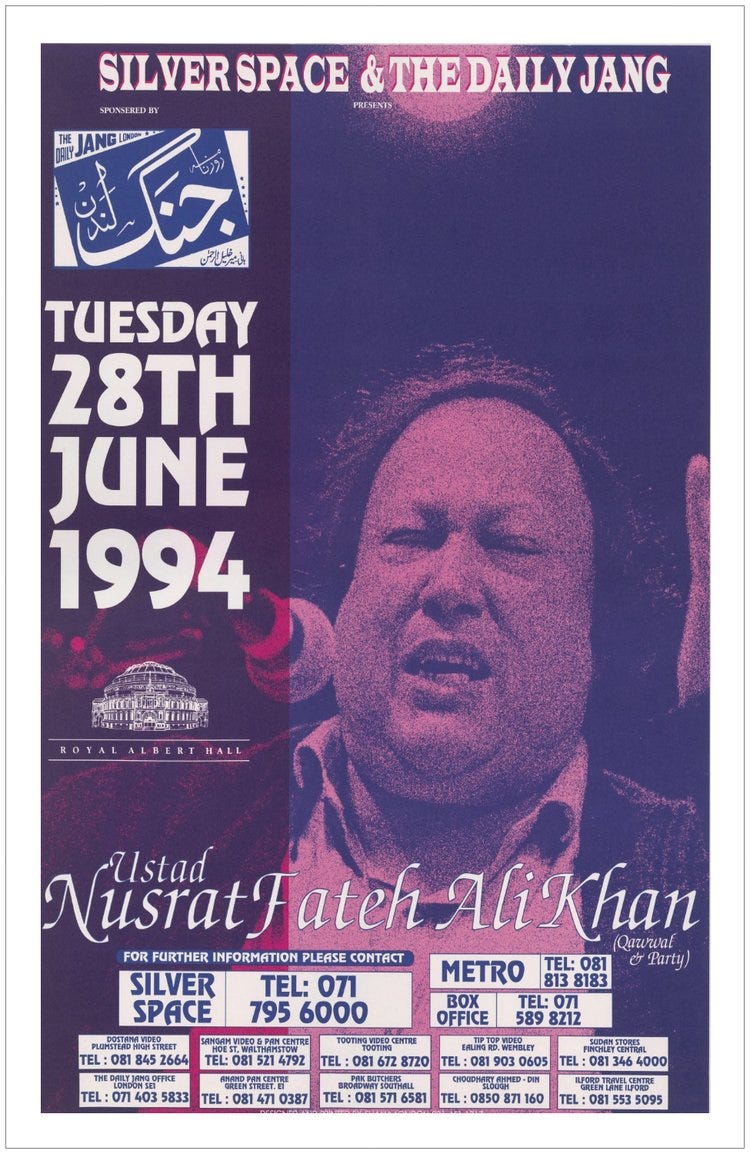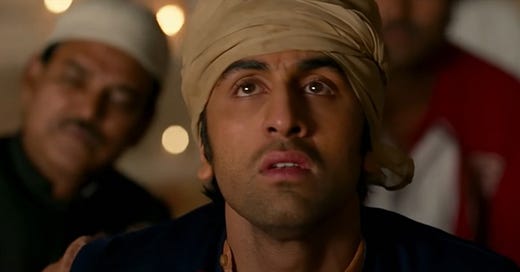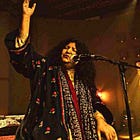Welcome to the Brown History Newsletter. If you’re enjoying this labor of love, please do consider becoming a paid subscriber. Your contribution would help pay the writers and illustrators and support this weekly publication. If you like to submit a writing piece, please send me a pitch by email at brownhistory1947@gmail.com. Don’t forget to check out our SHOP and our Podcast

Recommended Reads:
How Sufism Shaped Bollywood
Early cinema is closely associated with American and European culture, as it was born and developed there. In the second half of the 20th century, cinema gained global recognition, evolving with diverse cultural influences and values depending on the region where it flourished. Though cinema has traditionally drawn heavily from theatre, fiction, and painting, it also engages with more niche art forms.
Far from the Western canon, Islamic mysticism played a role in shaping cinematic traditions in the Indian subcontinent. Sufism had long been assimilated into Indian artistic expression through music, poetry, and performance since its emergence in the 11th and 12th centuries—long before the invention of the camera.







